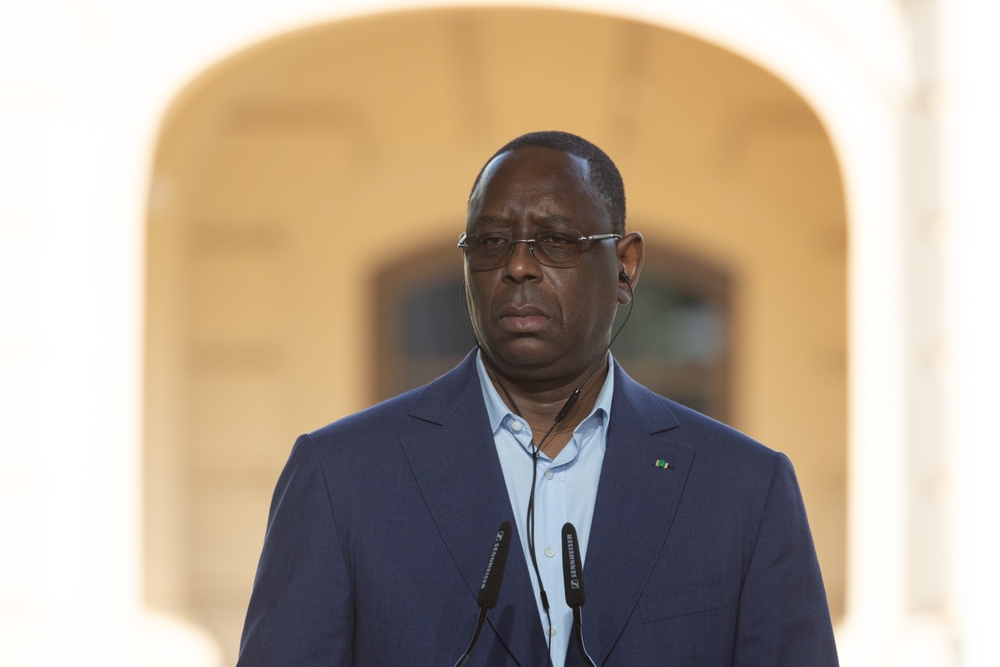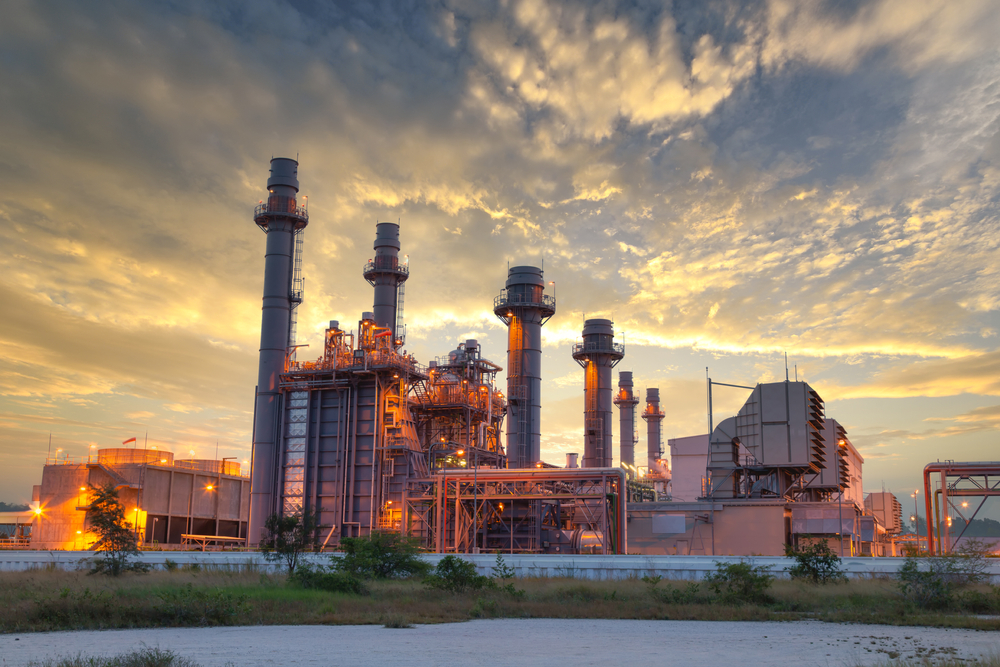Shipping minister emphasizes initiatives from the government such as enhancing port capacity, facilitating port-led industrialization, enhancing coastal shipping, reviving inland waterways, and making India Atmanirbhar in shipbuilding
Union Minister for Ports, Shipping and Waterways and Cabinet Minister of AYUSH, Government of India, Sarbananda Sonowal invited global and domestic maritime industry to showcase best practices, foster investment partnerships, and chart a new and bright course for our collective future. Sonowal was speaking at the curtain raiser of the Global Maritime India Summit 2023,
Sonowal stated that the main ports in India are currently experiencing double-digit annual growth, and according to the latest Logistics Performance Index Report from the World Bank, India has moved from 44th in the International Shipment Category in 2019 to 22nd in 2022.
ET Edge Insights had a conversation with the Union Minister. He explained that India has the potential to become a global maritime hub, driving economic growth, creating employment opportunities, and strengthening its position as a key player in international trade.
Excerpts
How has the international perception of India as an investment destination changed over the past nine years?
Under the visionary leadership of Hon’ble Prime Minister Shri Narendra Modi ji, today the entire globe is looking up to India for value-based leadership, the entire globe is looking up to India for driving sustainable economic growth, stable governance, resilient supply chains, and the entire globe is looking up for climate change solutions. Surely today, India is regaining its ancient stature as the “Vishwa Guru”.
The transformation of India from a regional leader to a global leader is a unique development model – which includes speed, scale and inclusivity and sustainability at its core. This has been made possible through the hard work of the people, honest governance, committed political leadership, systemic & structural reforms and relentless focus on strengthening the Ease of Doing Business and Ease of Living for a Billion plus population.
Today we are a powerful country with a strong population of 1.42 billion. In the last 10 years, India grew from the 10th largest economy in the world to become the 5th largest economy today. We are fast on our path to becoming a $5 trillion economy and will be the 3rd largest economy soon.
In the last nine years, over a billion people got a unique digital biometric identity connected to their bank accounts and mobile phones. 46% of real-time transactions globally are happening in India.
India has accomplished to pull 415 Million people out of poverty. This is bigger than the entire population of Europe or the USA. We became the first country where remittance from its diaspora has crossed $ 100 Billion.
Eight hundred and fifty million people received direct benefit financial transfers into their accounts.
Three times a year, over a hundred million farmers receive assistance in their bank accounts at the click of a button. The value of such transfers has crossed three hundred and twenty billion dollars, and we have saved over twenty-five billion dollars in the process.
India’s national health insurance programme ensures free medical treatment for about five hundred million people.
Indian culture deeply respects the environment and our planet. While becoming the fastest-growing economy, we grew our solar capacity by Two Thousand Three Hundred Percent! What’s more! The global capability and role of India is also evolved. This year has been significant, where India holds the presidency of the G20 Group and the Shanghai Cooperation Organisation and next year the QUAD.
Now, lets me divert your focus to the maritime sector. As a head of the Ministry of Ports and Shipping, what has changed in India’s maritime map?
India’s maritime sector has long been a driving force behind our nation’s economic growth. It holds immense potential to support the development ambition of our country. With a coastline spanning over 7,517 km and more than 200 ports, we hold a strategic position along the world’s busiest trade routes.
Over the years, the Indian maritime sector witnessed a remarkable transformation, as a result of the strong efforts of our government, industry stakeholders, and the unwavering support of our maritime community. We have embarked on a journey of progress, embracing technological advancements, improving infrastructure, enhancing efficiency, and fostering a conducive business environment.
Our programs and reform initiatives have been instrumental in enhancing port capacity, facilitating port-led industrialization, enhancing coastal shipping, reviving our inland waterways, and making India Atmanirbhar in shipbuilding, repair and recycling.
We have focused our efforts on revolutionizing logistics through transformative initiatives like Sagarmala and Prime Minister’s Gati Shakti National Master Plan to augment the supply chain and create a multi-modal logistics network to enhance efficiency.
But what you are suggesting is more subjective achievements, how about putting some solid figures?
Our Major Ports are today witnessing double-digit annual growth and as per the recent World Bank’s Logistics Performance Index Report, India has moved up from 44th rank in the International Shipment Category in the year 2019 to 22nd Rank in 2022.
In timelines, the country witnessed a 17-place jump in ranking from 52 in 2018 to 35 in 2023. Today our average Container Dwell Time is much better than in advanced countries such as USA and Germany. Our Turnaround time of 0.9 days is better than Canada, Australia, Germany and the USA.
Let me just give some figures of growth during the past nine years. In 2014, Cargo Handled on National Waterways was 6.83 MMT against 126.15 MMT in 2023, a jump of 1731%. In 2014, operational National Waterways were a mere three against 24 in 2023, a jump of 700%. The year 2014 witnessed Rs 182 crore investment in National Waterways which stands at Rs 544 crore in 2023, a jump of 198%. The number of sea cruises in 2014 was 85,000 against 3.05 lakh in 2023.
Our commitment to the growth of India’s cruise sector and the developing lighthouses as tourism hubs further reinforces our determination to transform the maritime landscape towards new heights.
In our pursuit of growth, we recognize the importance of sustainable maritime practices. As a responsible maritime nation, we are committed to preserving our oceans, protecting marine life, and minimizing the environmental impact of our activities.
Our efforts include promoting clean fuels, adopting energy-efficient technologies, and implementing stringent environmental regulations to safeguard our marine ecosystems for future generations.
We aspire to become a global leader in this sector. We have the potential to become a global maritime hub, driving economic growth, creating employment opportunities, and strengthening our position as a key player in international trade. The opportunities before us are vast and diverse.
To achieve this, we must foster collaboration, embrace innovation, and leverage technology. We must continue to build robust infrastructure, invest in skill development, and create a conducive environment that encourages entrepreneurship and investment.



